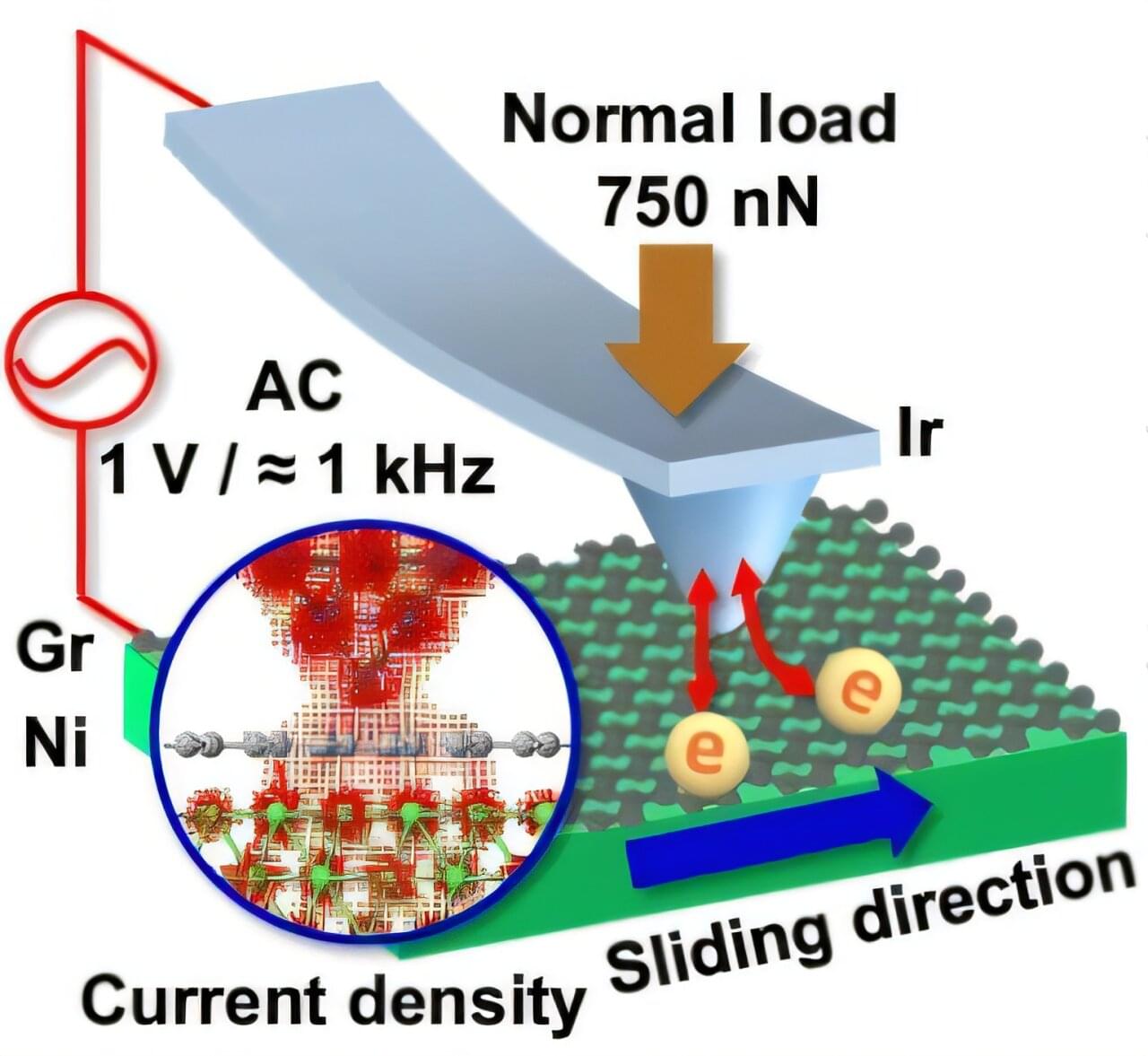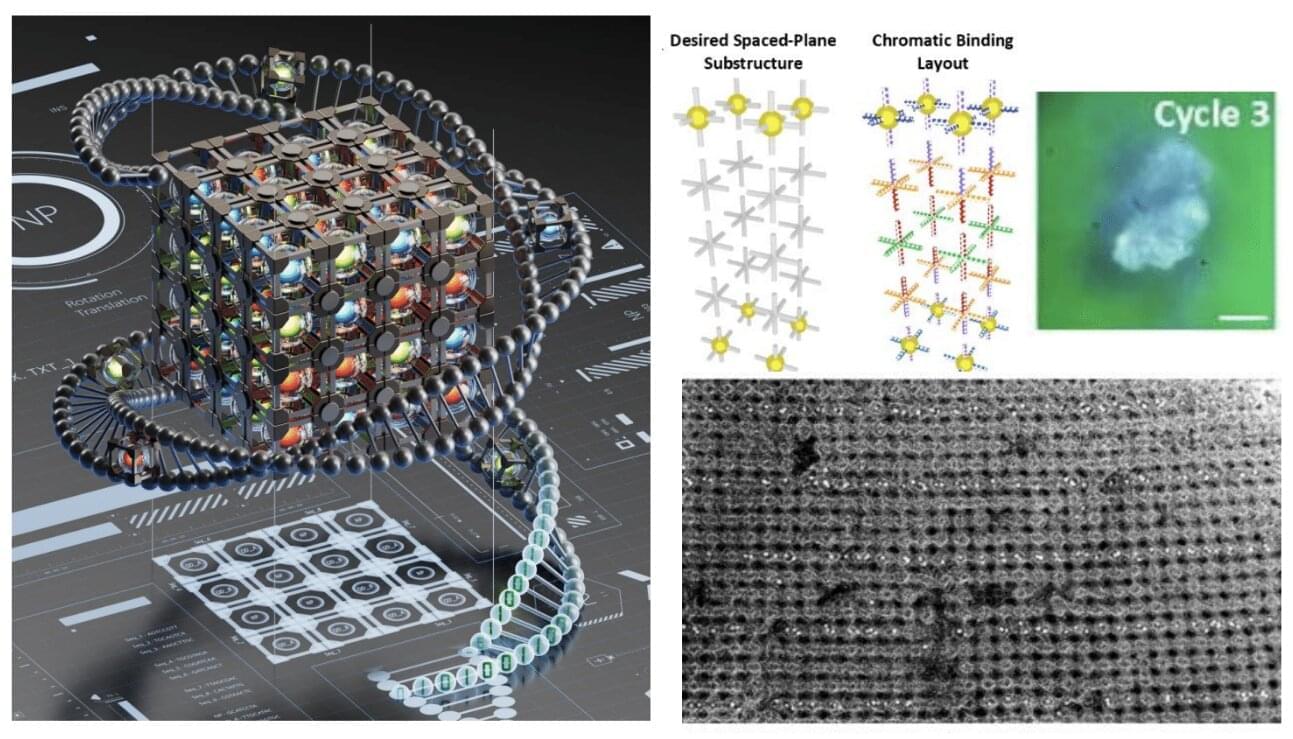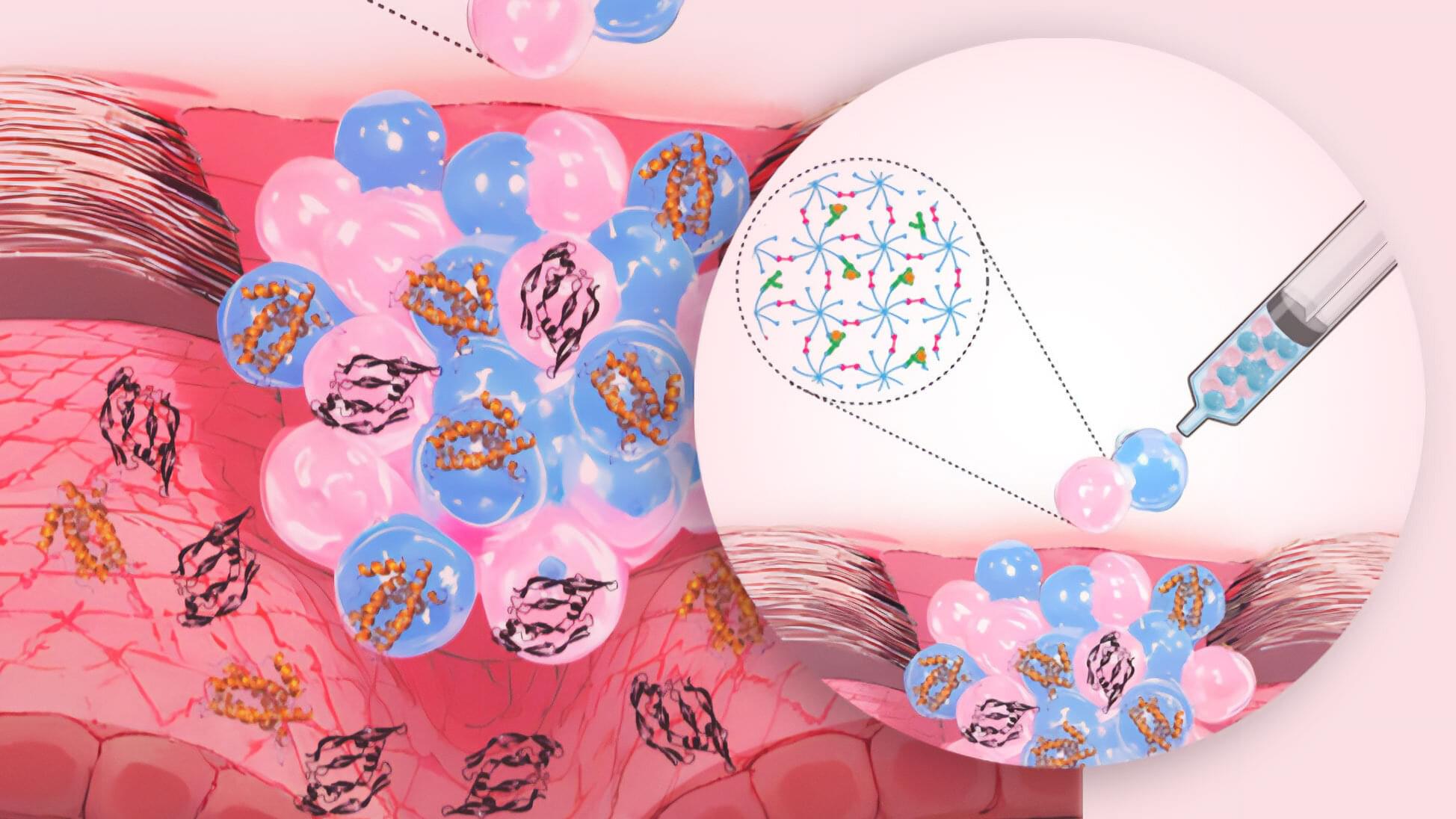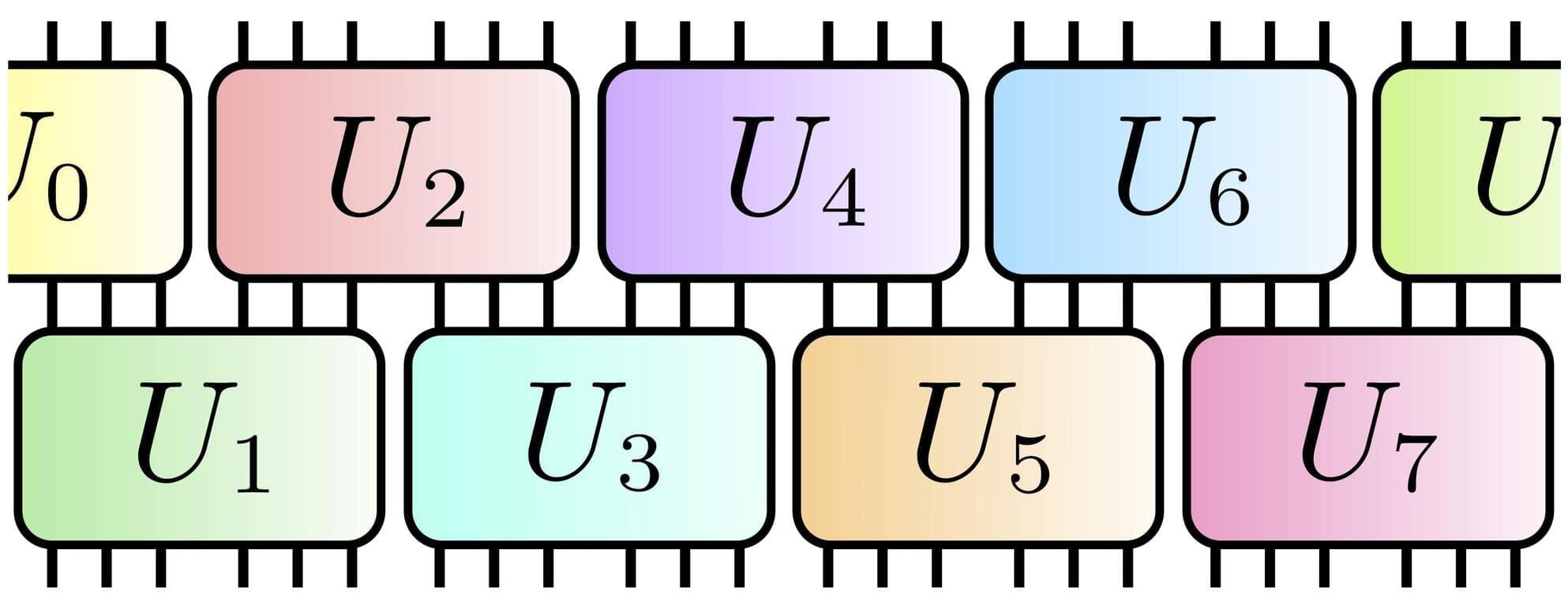Ray Kurzweil, the director of engineering at Google, has claimed that in just over 30 years, humans will be able to upload their entire minds to computers and become ‘digitally immortal’.
Category: engineering


Alternating current can reduce friction by redistributing electronic density at material interfaces
A research team led by Prof. Tian-Bao Ma from the Department of Mechanical Engineering at Tsinghua University has proposed a novel strategy to reduce friction and wear by inducing dynamic electronic density redistribution through the application of an alternating electric current.
This method enables flexible and instantaneous modulation of friction by adjusting the amplitude and frequency of the alternating current. Remarkably, it maintains low friction and wear over long durations under high contact pressure and current density, requiring only a low driving voltage.
The findings are published in the journal Nature Communications.

Need a new 3D material? Build it with DNA
When the Empire State Building was constructed, its 102 stories rose above midtown one piece at a time, with each individual element combining to become, for 40 years, the world’s tallest building. Uptown at Columbia, Oleg Gang and his chemical engineering lab aren’t building Art Deco architecture; their landmarks are incredibly small devices built from nanoscopic building blocks that arrange themselves.
“We can now build the complexly prescribed 3D organizations from self-assembled nanocomponents, a kind of nanoscale version of the Empire State Building,” said Gang, professor of chemical engineering and of applied physics and materials science at Columbia Engineering and leader of the Center for Functional Nanomaterials’ Soft and Bio Nanomaterials Group at Brookhaven National Laboratory.
“The capabilities to manufacture 3D nanoscale materials by design are critical for many emerging applications, ranging from light manipulation to neuromorphic computing, and from catalytic materials to biomolecular scaffolds and reactors,” said Gang.

When stem cells feel the squeeze, they start building bone
In a discovery that could reshape approaches to regenerative medicine and bone repair, researchers have found that human stem cells can be prompted to begin turning into bone cells simply by squeezing through narrow spaces.
The study suggests that the physical act of moving through tight, confining spaces, like those between tissues, can influence how stem cells develop. This could open new possibilities for engineering materials and therapies by guiding cell behavior using physical, rather than chemical, signals.
The research was led by Assistant Professor Andrew Holle from the Department of Biomedical Engineering in the College of Design and Engineering at the National University of Singapore (NUS), and the Mechanobiology Institute (MBI) at NUS, and was published on 8 May 2025 in the journal Advanced Science.
Engineers stunned by revolutionary wood that’s stronger than steel yet lighter than aluminum
Imagine a world where our skyscrapers gleam with the warmth of timber instead of the chill of steel. Superwood, the latest breakthrough from InventWood, promises just that—combining the best of nature and engineering to outstrip traditional metals.
The future of engineering biology — with Angela McLean
Join Dame Angela McLean, the Government’s Chief Scientific Adviser, as she discusses the transformative potential of the field of engineering biology.
This Discourse was recorded at the Ri on 25 April 2025. Find out more about Discourses here: https://www.rigb.org/explore-science/explore/blog/history-fr…-discourse.
Watch the Q&A here (exclusively for subscribers): https://youtu.be/GKRTtoEpFeI
Join this channel to get access to perks:
https://www.youtube.com/channel/UCYeF244yNGuFefuFKqxIAXw/join.
The field of engineering biology uses the whole span of biological sciences in conjunction with technology and engineering to benefit multiple sectors and our society more broadly.
But as a relatively new field, scientists still have many unanswered questions. What are the key opportunities and risks it presents? What barriers stand in the way of engineering biology revolutionising society?
Dame Angela McLean, the Government Chief Scientific Adviser, has been considering the scientific evidence behind the many claims – both utopian and dystopian – associated with research and innovation in engineering biology. In this Discourse, Dame Angela shares what she has learned from her “Year of Engineering Biology”, describing her vision for this suite of technologies and the applications she expects to emerge over the next decade and beyond.

Intelligent wound dressing controls inflammation
Chronic wounds are a major medical challenge, burdening health care systems with billions of dollars in costs every year. Pioneer Fellow Börte Emiroglu is developing a new product: a selective, sponge-like hydrogel that reduces inflammatory signals and actively promotes healing.
The work is published in the journal Advanced Healthcare Materials.
Emiroglu’s academic career has taken her from Turkey to Zurich, after a master’s degree, and straight into the interdisciplinary world of biomedical engineering at ETH Zurich. “Back then, I didn’t even know what a hydrogel was,” she recalls, thinking back to the early days of her doctoral research at the Macromolecular Engineering Laboratory under the supervision of Professor Mark Tibbitt.

Improving randomness may be the key to more powerful quantum computers
Understanding randomness is crucial in many fields. From computer science and engineering to cryptography and weather forecasting, studying and interpreting randomness helps us simulate real-world phenomena, design algorithms and predict outcomes in uncertain situations.
Randomness is also important in quantum computing, but generating it typically involves a large number of operations. However, Thomas Schuster and colleagues at the California Institute of Technology have demonstrated that quantum computers can produce randomness much more easily than previously thought.
And that’s good news because the research could pave the way for faster and more efficient quantum computers.

Record-breaking material emits infrared light better than it absorbs it, without violating the laws of physics
New results published in the journal Physical Review Letters detail how a specially designed metamaterial was able to tip the normally equal balance between thermal absorption and emission, enabling the material to better emit infrared light than absorb it.
At first glance, these findings appear to violate Kirchhoff’s law of thermal radiation, which states that—under specific conditions—an object will absorb infrared light (absorptivity) in one direction and emit it (emissivity) with equal intensity in another, a phenomenon known as reciprocity.
Over the past decade, however, scientists have begun exploring theoretical designs that, under the right conditions, could allow materials to break reciprocity. Understanding how a material absorbs and emits infrared light (heat) is central to many fields of science and engineering. Controlling how a material absorbs and emits infrared light could pave the way for advances in solar energy harvesting, thermal cloaking devices, and other technologies.